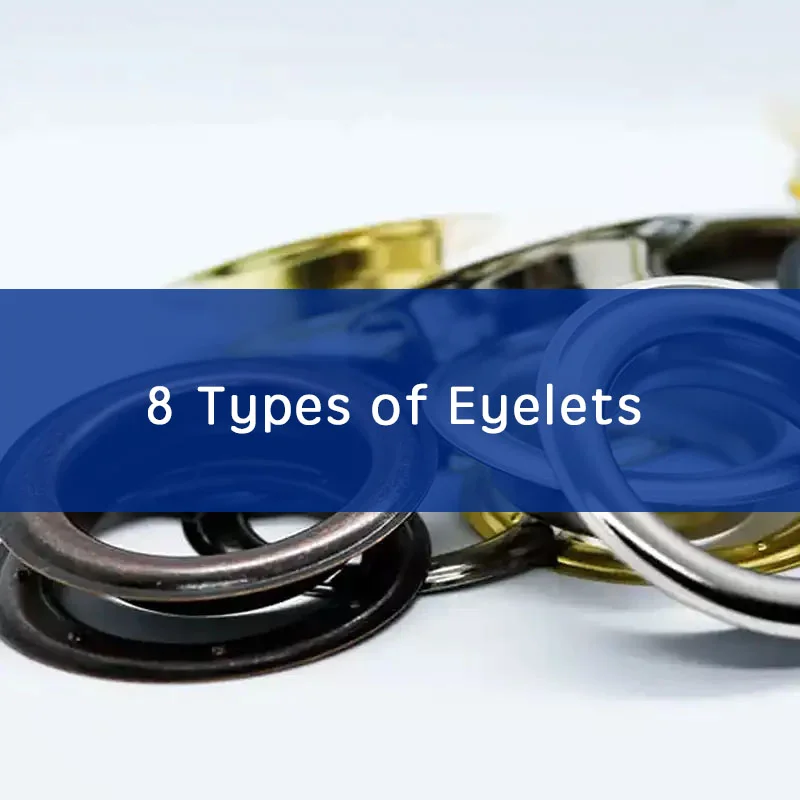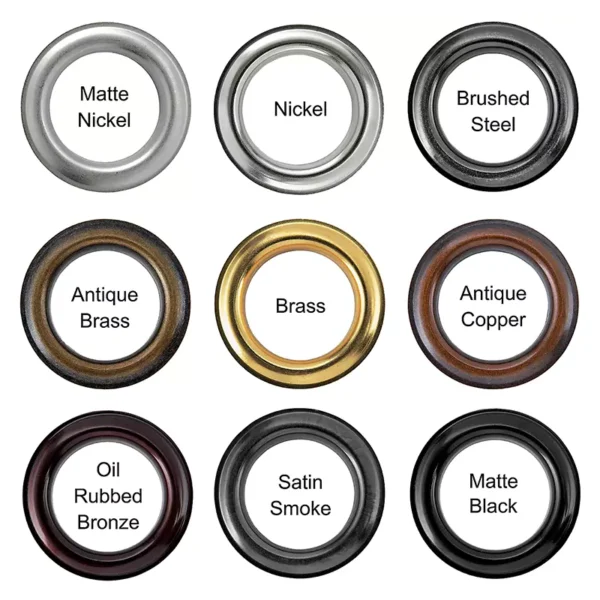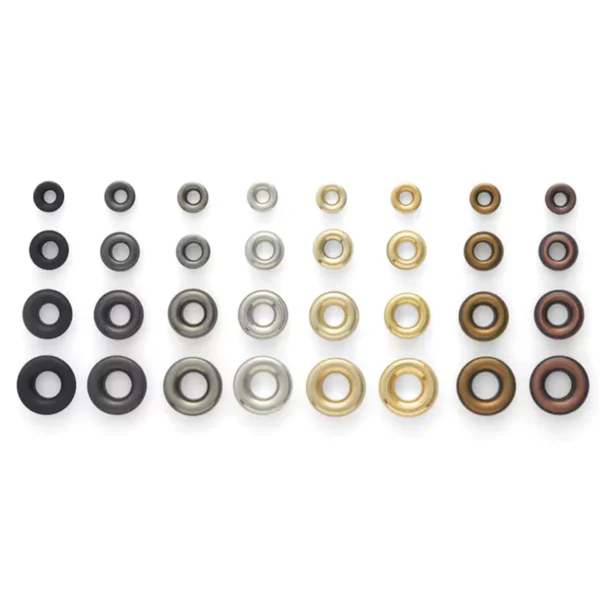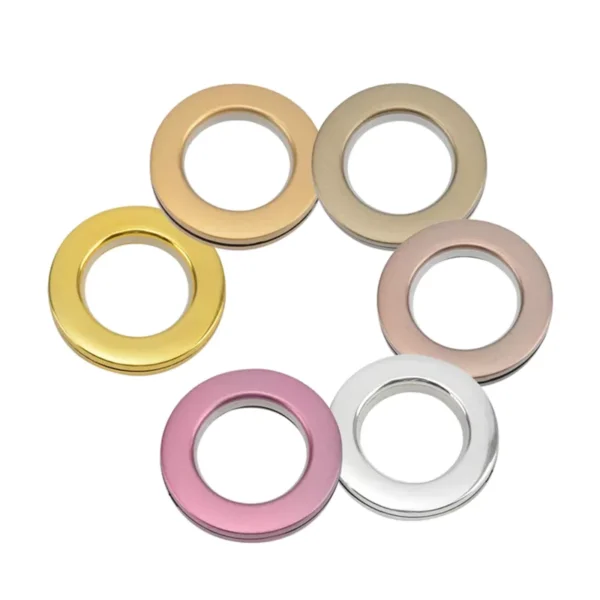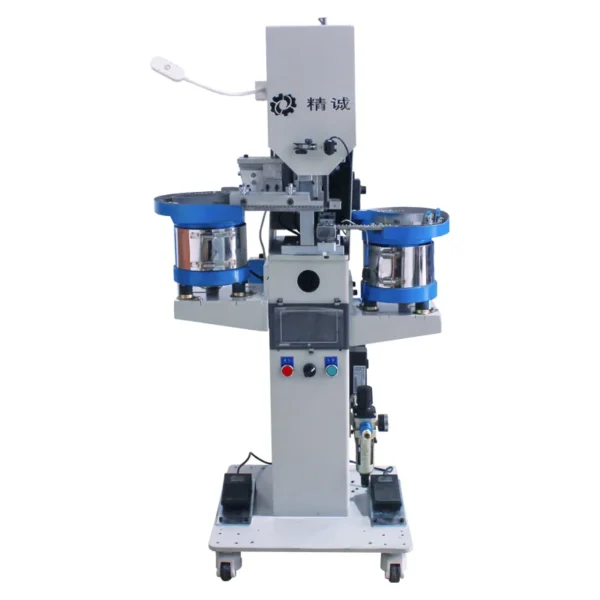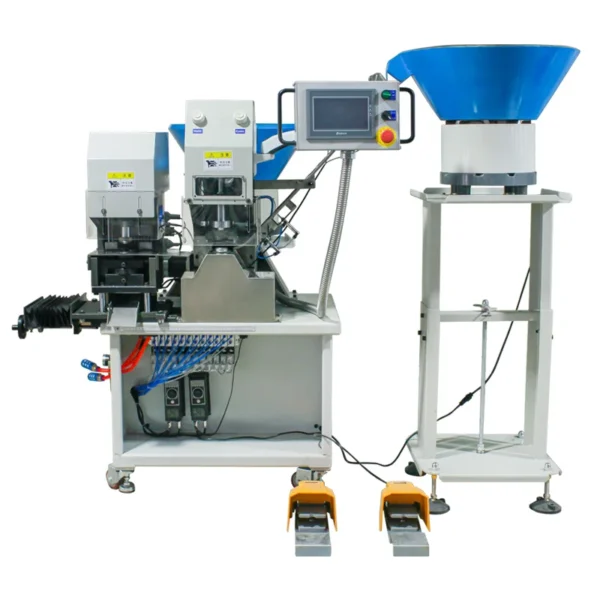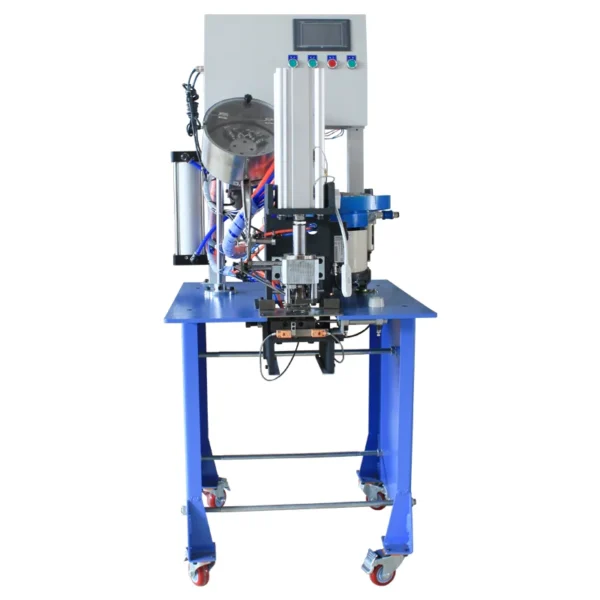Eyelets are small, yet crucial components in various industries and crafts, offering practical solutions for reinforcement, decoration, and functionality. Understanding the different types of eyelets available can significantly enhance your projects, whether you’re a designer, crafter, or industrial professional. From traditional uses in garments to innovative applications in manufacturing, each type of eyelet serves a specific purpose, contributing to both aesthetics and durability.
In this comprehensive guide, we explore the diverse world of eyelets, from their historical roots to contemporary applications. By delving into their varieties, materials, and uses, you’ll gain valuable insights into how these tiny tools can make a big difference in your work. Whether you’re looking to strengthen a canvas, embellish a leather product, or streamline a production process, choosing the right type of eyelet is key.
What Are Eyelets
Eyelets are small, usually metal, rings or grommets that are used primarily in textiles, leatherworking, and manufacturing.
They are typically round or oval in shape and have a hole in the center. Eyelets are designed to reinforce holes in fabrics or materials, preventing them from tearing or fraying.
They can also be decorative, adding a professional finish to garments, shoes, bags, and other products. In industrial applications, eyelets are used to strengthen and fasten materials together securely, enhancing durability and functionality.
Types of Eyelets
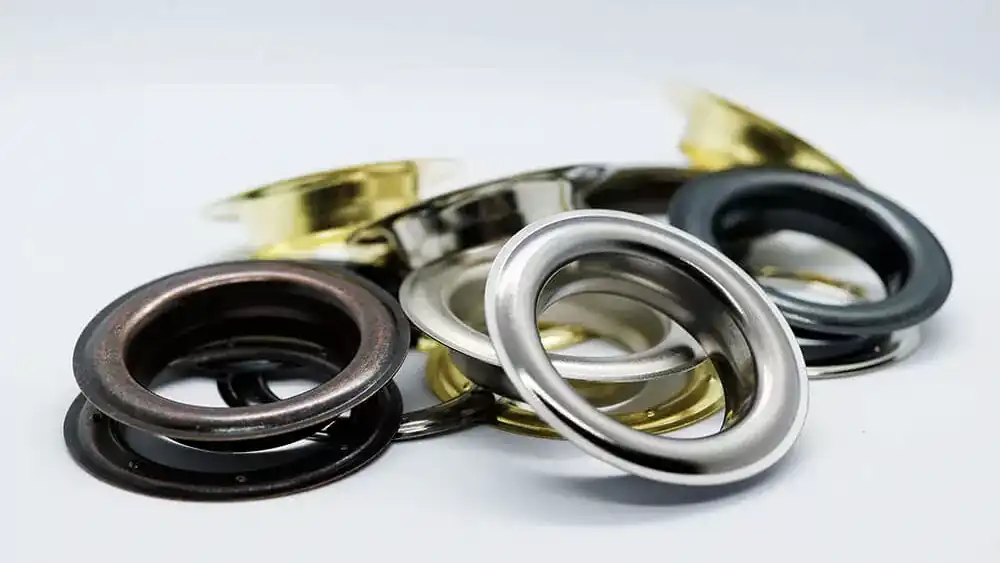
Here are popular different types of eyelets in the following, and let’s delve deeper into each type of eyelet, including more details and additional types:
1. Metal Eyelets:
- Material: Commonly made from brass, aluminum, stainless steel, or nickel-plated brass.
- Benefits: Known for their durability, corrosion resistance, and ability to provide a polished or matte finish depending on the material. They offer excellent strength and are suitable for heavy-duty applications.
- Applications: Used extensively in apparel manufacturing for reinforcing buttonholes, shoelace holes, and as decorative elements on garments. Also found in leatherworking for belts, bags, and shoes. Industrial applications include tents, sails, banners, and automotive upholstery where durability and reliability are critical.
2. Plastic Eyelets:
- Material: Typically made from nylon, polyethylene, or other durable plastics.
- Benefits: Lightweight, inexpensive, and resistant to rust or corrosion. They are easy to handle and install, making them ideal for projects where weight is a concern or where exposure to moisture is expected.
- Applications: Widely used in outdoor gear such as tarps and awnings, as well as in banners and flags. They are also popular in children’s clothing and DIY crafts due to their ease of use and variety of colors available.
3. Self-Piercing Eyelets:
- Installation: These eyelets are designed with sharp teeth that pierce through the material during installation, eliminating the need for pre-punched holes.
- Benefits: Streamlines the installation process, reducing labor time and eliminating the need for specialized tools or machinery.
- Applications: Ideal for rapid installation in manufacturing settings where efficiency and speed are paramount. Used in industries such as automotive manufacturing, upholstery, and signage production.
4. Brass Eyelets with Washers:
- Design: Consist of a brass eyelet paired with a matching washer that provides additional support and prevents pull-through.
- Benefits: Offers superior strength and durability, especially in thicker materials or where the eyelet is subjected to frequent stress.
- Applications: Commonly used in leatherworking for belts and saddlery, as well as in heavy-duty applications like tarps, sails, and tents. The washer ensures a secure hold and prevents tearing or deformation of the material around the eyelet.
5. Decorative Eyelets:
- Design: Available in a wide range of colors, shapes (such as star-shaped or heart-shaped), and finishes (matte, shiny, or patterned).
- Benefits: Enhances the visual appeal of garments, accessories, and crafts, adding a stylish and personalized touch.
- Applications: Popular in fashion design for embellishing clothing, bags, and shoes. They are also used in scrapbooking, card making, and DIY projects to add decorative accents and textures.
6. High-Strength Eyelets:
- Material: Constructed from robust metals such as stainless steel or hardened steel.
- Benefits: Engineered to withstand heavy loads, extreme temperatures, and harsh environmental conditions.
- Applications: Essential in industrial sectors including construction, marine, and aerospace industries where resilience and reliability are critical. Used in heavy-duty equipment, safety harnesses, and structural components where the eyelet must endure high stress without failure.
7. Compression Eyelets:
- Design: Feature a compression fitting mechanism that expands upon installation, securing the eyelet tightly in place.
- Benefits: Provides a strong and reliable fastening method that is resistant to loosening over time.
- Applications: Commonly used in manufacturing and assembly processes where a secure and permanent attachment is required. Ideal for applications involving thin materials or where a flush finish is desired.
8. Rubber or Silicone Eyelets:
- Material: Made from flexible rubber or silicone materials.
- Benefits: Provide a soft, cushioned grip and seal around cables or wires, offering protection against abrasion and damage.
- Applications: Used in electronics, automotive wiring harnesses, and medical devices to secure and protect wires or cables while maintaining flexibility and insulation.
Each type of eyelet serves specific purposes based on its material properties, design features, and intended application. Choosing the right type ensures optimal performance, longevity, and aesthetic appeal for your project or manufacturing needs.
| Type | Material | Benefits | Applications |
|---|---|---|---|
| Metal Eyelets | Brass, Aluminum, Stainless Steel | Durable, corrosion-resistant, polished finish. | Apparel (reinforcing holes), leatherworking, tents, banners, industrial applications (strength and durability). |
| Plastic Eyelets | Nylon, Polyethylene | Lightweight, inexpensive, rust/corrosion-resistant. | Outdoor gear (tarps, awnings), banners, children’s clothing, DIY crafts. |
| Self-Piercing Eyelets | Various metals/plastics | Self-piercing design speeds installation, reduces labor. | Automotive upholstery, signage, rapid manufacturing installations. |
| Brass Eyelets with Washers | Brass | Enhanced durability with washer support, prevents pull-through. | Leatherworking (belts, saddlery), heavy-duty applications (tarps, tents). |
| Decorative Eyelets | Metal, Plastic | Aesthetic variety (colors, shapes, finishes), decorative appeal. | Fashion (clothing, accessories), scrapbooking, DIY crafts. |
| High-Strength Eyelets | Stainless Steel, Hardened Steel | Designed for heavy loads, extreme conditions. | Construction, marine, aerospace, heavy-duty equipment. |
| Compression Eyelets | Various metals/plastics | Compression fitting for secure, permanent attachment. | Manufacturing (assembly processes), applications requiring flush finish. |
| Rubber/Silicone Eyelets | Rubber, Silicone | Flexible, cushioned grip, protective seal around cables/wires. | Electronics, automotive wiring harnesses, medical devices. |
This table provides a clear overview of each type of eyelet, highlighting their key characteristics and typical uses across various industries and applications.
Eyelets machine
Manual Eyelet Machine
A manual eyelet machine is operated by hand, requiring the user to apply physical pressure to insert the eyelet into the fabric. This type of machine is typically used for smaller-scale production or for DIY purposes. The machine consists of a hand-operated lever that presses the eyelet through the fabric and secures it in place with a washer. Manual machines are generally less expensive and offer more control over the insertion process, but they can be slower and require more effort compared to automated models.
Automatic Eyelet Machine
An automatic eyelet machine automates the process of inserting eyelets, reducing manual effort and increasing production speed. These machines can be divided into two categories: pneumatic and electric.
- Pneumatic Eyelet Machine: Powered by compressed air, this type uses pneumatic pressure to insert the eyelet into fabric. Pneumatic machines are known for their fast operation, high force, and consistent results, making them ideal for high-volume production. They are commonly used in industries that require large quantities of eyelets to be applied in a short time.
- Electric Eyelet Machine: Operated by electric power, this machine uses motors to drive the eyelet insertion process. Electric machines are generally quieter and more energy-efficient than pneumatic machines. They offer precise control over the insertion process, making them suitable for both small and large-scale production. These machines often come with additional features like adjustable speeds and automated feeding systems, enhancing overall efficiency.
Conclusion
In conclusion, exploring the diverse world of eyelets reveals a range of types, each with unique characteristics tailored to specific applications and industries. From the durability of metal eyelets in heavy-duty settings to the convenience of quick lace and hooked designs in athletic footwear, the versatility of eyelets ensures they play a crucial role in both function and fashion.
Whether you’re reinforcing a garment, securing equipment in industrial settings, or adding a decorative touch to crafts and accessories, choosing the right type of eyelet is key to achieving optimal performance and aesthetic appeal. Each type offers distinct benefits such as strength, ease of use, or decorative enhancement, making them indispensable in various creative and practical endeavors.
Ready to explore the possibilities with eyelets?
Whether you’re looking to upgrade your footwear, strengthen your crafts, or innovate in manufacturing, discover how the right choice of eyelet can elevate your next project. Explore our selection of eyelets and find the perfect fit for your needs today!

